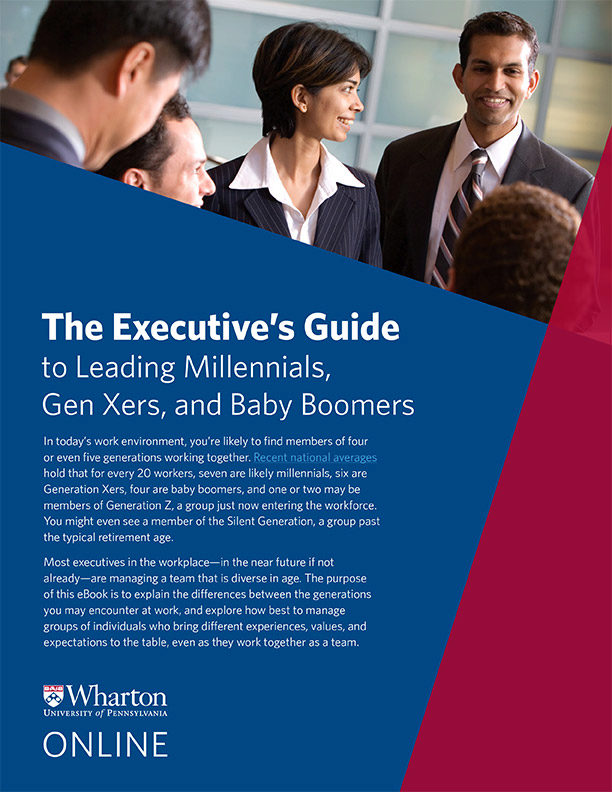Don’t be surprised if most of your employees aren’t invested in their jobs. Gallup research in 2019 shows 87 percent of professionals around the world aren’t fully engaged at work. They might not identify with their work, feel loyalty to their employer or even enjoy what they do most of the time. That matters because businesses with highly engaged workforces outperform competitors by 147 percent in earnings per share. And low engagement leads to higher employee turnover.
Losing employees costs an average of 33 percent of an employee’s annual salary to replace them. More than 27 percent of employees are likely to leave their workplace within the next 2 years, whether they’re offered a better opportunity or not.
Employees are leaving for a variety of reasons. Base salary and benefits matter. Employees want to align with company culture. They want managers and leadership to recognize them and listen to them. They want to work for companies with meaning.
Check out the infographic below for some startling stats about the true cost of employee turnover, why so many employees are leaving their jobs in 2019, and how your company can work to retain its best talent.

Now that you know how to keep your best talent, get more tips for sharpening your skills as a business leader. Download our e-book, The Executive’s Guide to Leading Millennials, Gen Xers and Baby Boomers .
Download our eBook: The Executive’s Guide to Leading Multi-Generational Teams
Many executives manage teams that span five generations: The Silent Generation, Baby Boomers, Generation X, Millennials, and Generation Z. Download our free eBook, “The Executive’s Guide to Leading Multi-Generational Teams,” for practical advice on how to communicate with, motivate, and manage each generation.




